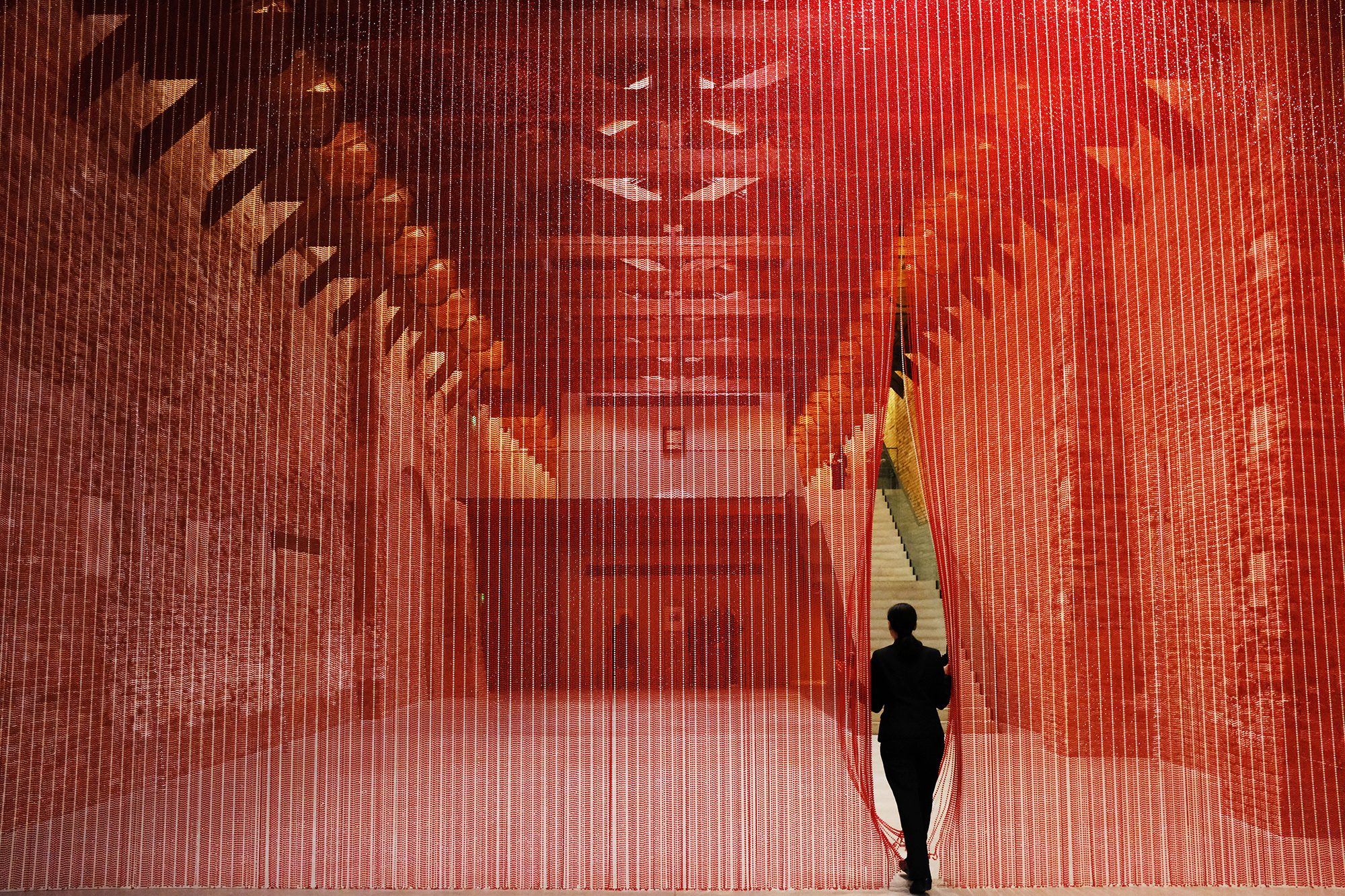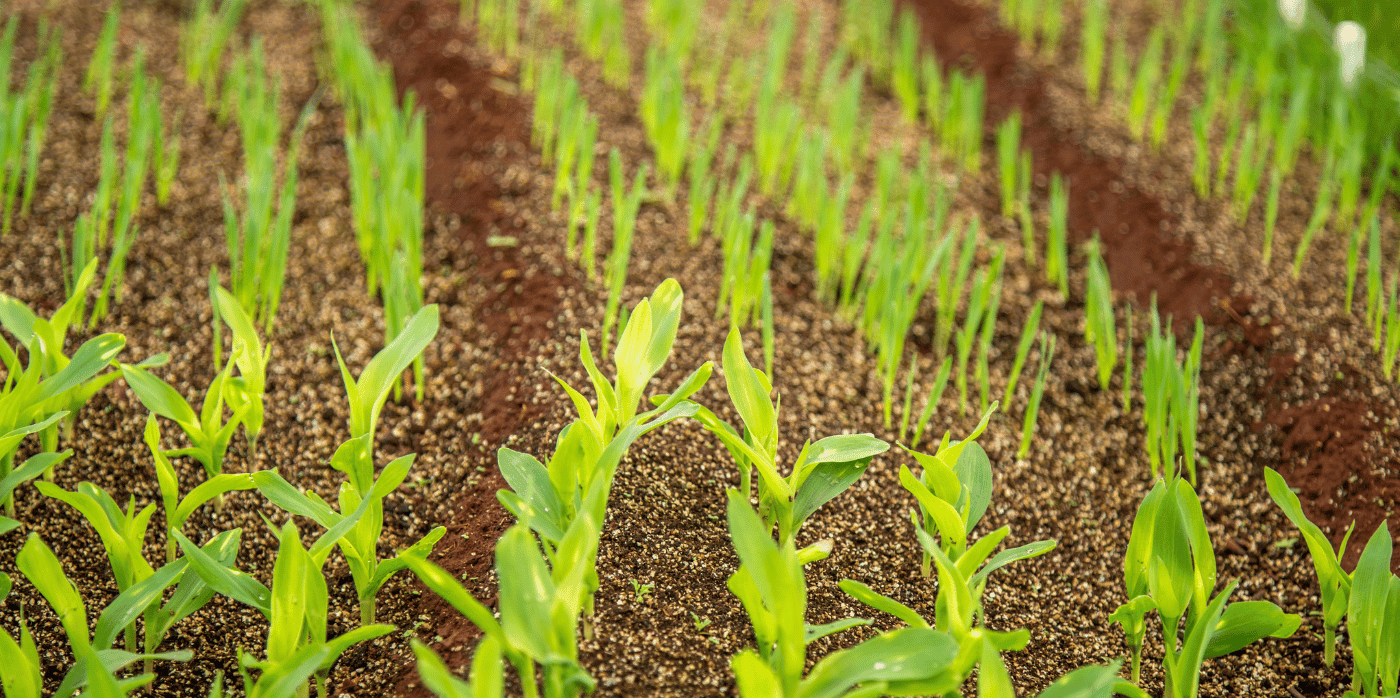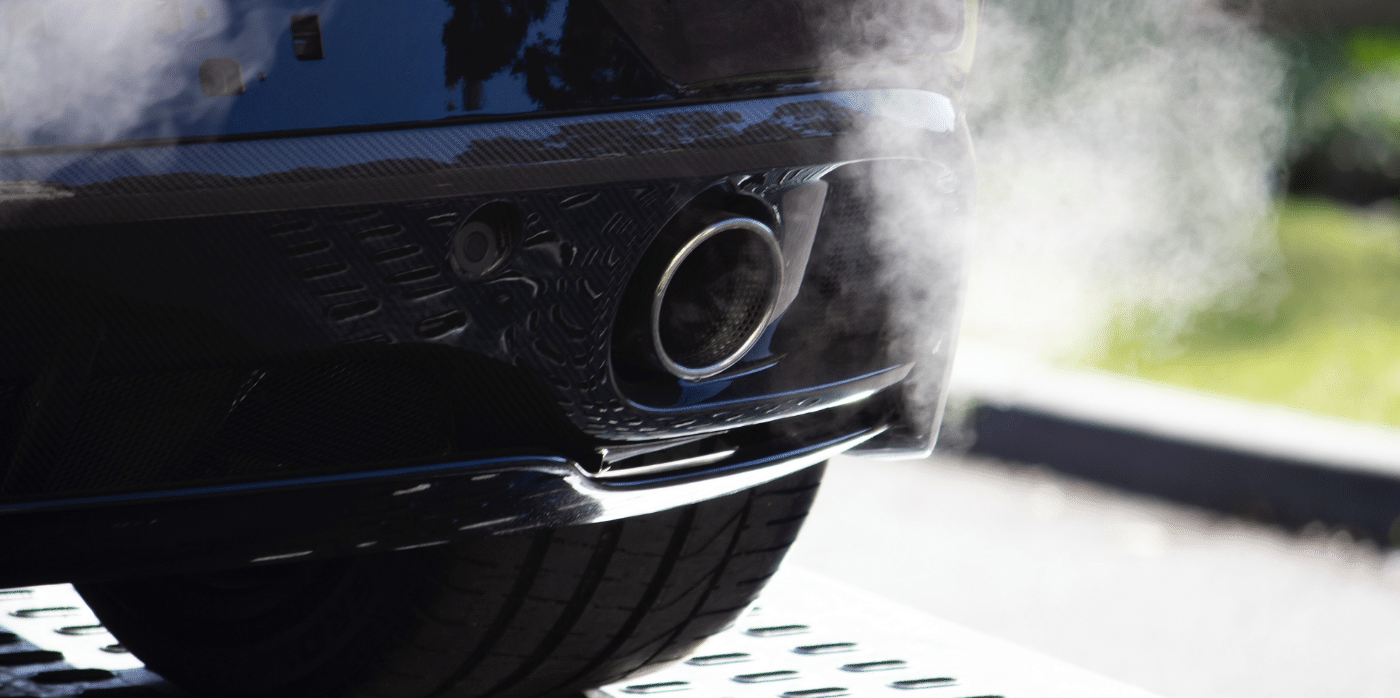Architizer’s annual One Photo Challenge offers professionals and blossoming design students the chance to showcase a photograph that they think best captures the essence of an architectural design or specific surrounding. The 2021 One Photo Challenge brought a wonderful selection of images, all of which demonstrated the potentiality of capturing architecture through a camera lens.
Enter One Photo Challenge
While each entry was remarkably singular and distinctive, a notable overarching theme emerged across a handful of photographs. One will notice that in last year’s One Photo Challenge, many photographs capture a strong sense of movement. Listed below are four photographs from the 2021 One Photo Challenge, all of which explore the human form coupled with interesting architecture to produce movement-heavy imagery.
 “Social Bathing” by Derek Wasylyshen
“Social Bathing” by Derek Wasylyshen
This image captures a bird’s-eye shot of the hugely popular and highly recognizable Széchenyi Medicinal Bath. Located in Budapest, Hungary, this large-scale bath is a popular tourist attraction where visitors can experience social bathing as well as marvel over the site’s ancient Roman history.
At first glance, the eye is caught by the vibrant aqua blue water, which greatly contrasts the surrounding cement floor. Following this, the gaze moves to the abundance of dark spots (human bodies) that span the entire photograph. The moving bodies are small in scale but their abundance creates a strong feeling of sociality and community. Moreover, the gently-sloping staircase that covers the bath’s perimeter is filled with lounging bodies, which equally enforces a strong social atmosphere.
The large presence of water and abundant human form work together to create a movement-heavy photograph. Whether the movement is caused by the natural rhythm of the water or the frolicking bodies, lively energy is produced and the same social ideology of the ancient Romans is presently felt.
 “The roofscape of the obscure” by Venla Rautajoki
“The roofscape of the obscure” by Venla Rautajoki
Non-Student Winner, 2021 One Photo Challenge
This photograph has an extra-terrestrial feel, which makes it immediately enthralling and equally challenging to pinpoint. The image was shot at Amos Rex, the famous art museum in Helsinki, Finland designed by JKMM Architects.
Amos Rex is known for its windowed domes that span the urban environment like a series of hills. Each dome has a peephole large enough for visitors inside the museum to see out of. The photographer was immediately captured by a young boy who continuously climbed atop the domes to peep into the interior museum space. The image is captured in monochrome which strengthens the viewer’s gaze on the young boy. The boy is captured in a highly active pose — his two hands perched like a cactus and his leg bent as if he’s climbing.
The image at first appears static and isolated as the background is dark and unembellished. However, the focus on the young boy positioned in such an active stance lends a feeling of lively existence and movement.
 “Yoga” by Edmund Sumner
“Yoga” by Edmund Sumner
This photograph was shot in Bangkok, Thailand in January 2020. The image depicts a yoga master and owner of the studio, Yogi Konstantin Miachin, holding an extended side-angle pose. Immediately what captures the eye is the incredible structure in which the yoga master is practicing.
The space feels intimate and warm and appears to be enclosed by a bamboo-esque material that wraps the walls in a curved manner. The wall material extends upwards to create an unconventional curved ceiling. Moreover, the cavities in the wall allow light to fill the interior, warming the environment and spotlighting the practicing yogi. The light-filled room feels like an incredibly zen and comforting space to practice yoga and meditation.
In this photograph, the human form balances and compliments the pronounced structure in a harmonious manner. The practicing yogi may feel small in scale, but his strong pose and reaching arm fills the photograph with energy. An equal vitality is felt in the structure’s curved and pronounced ceiling. The site was designed by architecture firm Enter Projects and the photograph was realized using low-tech materials such as rattan, with newer high-tech computer modeling such as Rhino.
 “Echo” by Philippe Sarfati
“Echo” by Philippe Sarfati
This photograph feels mysterious, dramatic and incredibly intriguing. “Echo” is located in Tadao Ando’s gallery and features an autobiographic installation by the famed Cuban-American artist, Félix González-Torres. The photograph depicts an individual walking through the installation, which consists of a large-scale curtain made of red and white beads.
The installation underscores the difficulties and reality of living with HIV. The curtain of beads represents the progression of the virus within the bloodstream in a confronting and honest manner. As the person pushes past the curtain, one can sense the dramatic sway of beads that is to follow.
This photograph feels like the calm before the storm – before the intense movement following a disrupted installation. The interaction between human form and object in this photograph demonstrates a dramatic transition from still to moving.
All four photographs highlight that when human forms are perfectly captured amongst static surroundings, there is the potential to create lively and active images that celebrate movement! Click here to learn more about this year’s upcoming 2022 One Photo Challenge and to start your entry:
Enter One Photo Challenge










